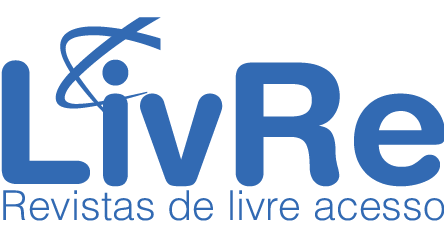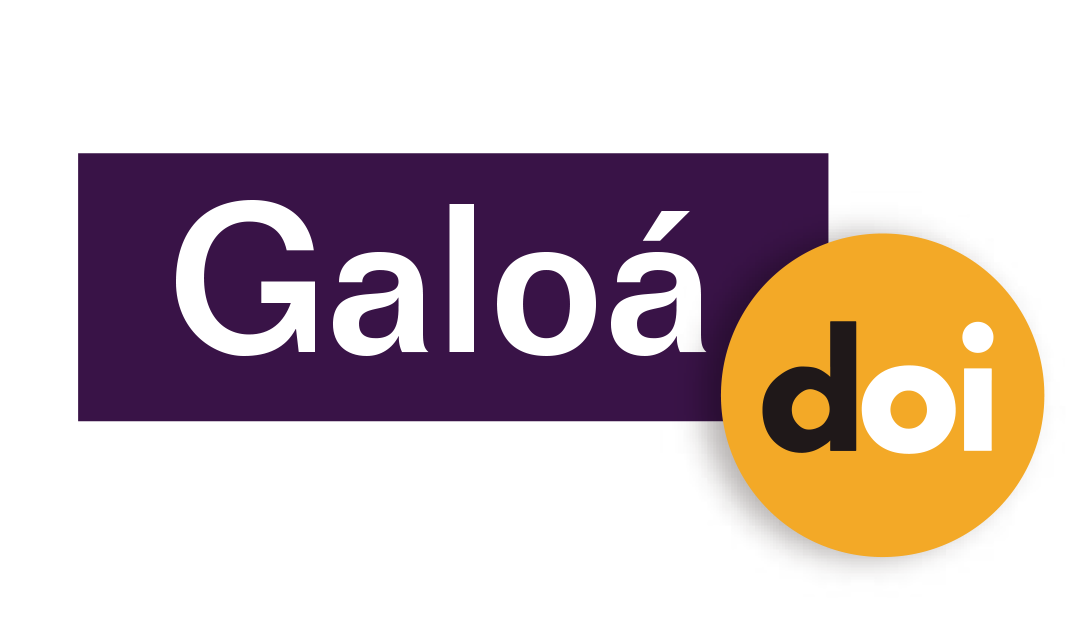Assistive Technology in the Construction of Number Concepts: A Study Entailing Actions of Teachers and Visually Impaired Students
Resumo
Background: With the constant insertion of visually impaired learners in regular basic education in Brazil, it is important to create and/or adapt methodologies and equipment capable of aiding in the intellectual and social development of these students. Objective: This article intends to reflect on the usage of AT (Assistive Technology) as well as the utilisation of adapted materials for visually challenged students in the early years of primary school. Design: With a qualitative approach, it is inspired by the Discursive Textual Analysis. Setting and Participants: The research included not only teachers who teach mathematics in both the Specialized Educational Service (SES) and regular classrooms, but also low-vision students in an inclusive school. Data collection and analysis: A snippet of the meta-text is presented, which, through the analysis of the services provided in the SES, ponders about the students’ necessities and activities within AT for the teaching of number concepts. Results: The research results attest that the usage of AT is, indeed, imperative in the students’ construction of mathematical concepts with the intention of implementing Inclusive Mathematics Education. Conclusions: Simple adaptations, such as providing materials in Braille for visually impaired students, are actions that classroom teachers could adopt, counting on the assistance of Specialized Educational Service professionals.
Palavras-chave
Inclusive Mathematics Education; Assistive Technologies; Visual Impairment
DOI: https://doi.org/10.17648/acta.scientiae.5964
Apontamentos
- Não há apontamentos.
Direitos autorais 2020 Maria Adelina Raupp Sganzerla

Esta obra está licenciada sob uma licença Creative Commons Atribuição 4.0 Internacional.
ANÚNCIOS
Informamos que, a partir de outubro de 2025, devido ao grande número de artigos na fila de submissão, está suspenso o aceite de submissões. Rebriremos em fevereiro de 2026.
Mais, informamos que sites fraudulentos, https://periodicos-ulbrabr.org e https://periodicos-ulbrabra.org, estiveram se passando pela Acta Scientiae, utilizando nosso nome e identidade visual e até solicitado taxas de APC, que nós não cobramos. Aconselhamos cautela para evitar serem enganados por sites semelhantes.
Conceito A2 na Capes(2021)
Índice h5 do Google Scholar: 13
Índice mediana h5 do Google Scholar:24
eISSN: 2178-7727
Indexações:
A Acta Scientiae é indexada em: | Scopus |  | Latindex |  | Edubase (SBU/UNICAMP) |
 | Sumarios.org |  | Google Scholar |  | Portal LivRe (CNEM) |
 | Journals for Free |  | REDIB |  | Galoá DOI |

Todos os trabalhos publicados aqui estão sob uma licença Creative Commons - Atribuição 4.0 Internacional.
